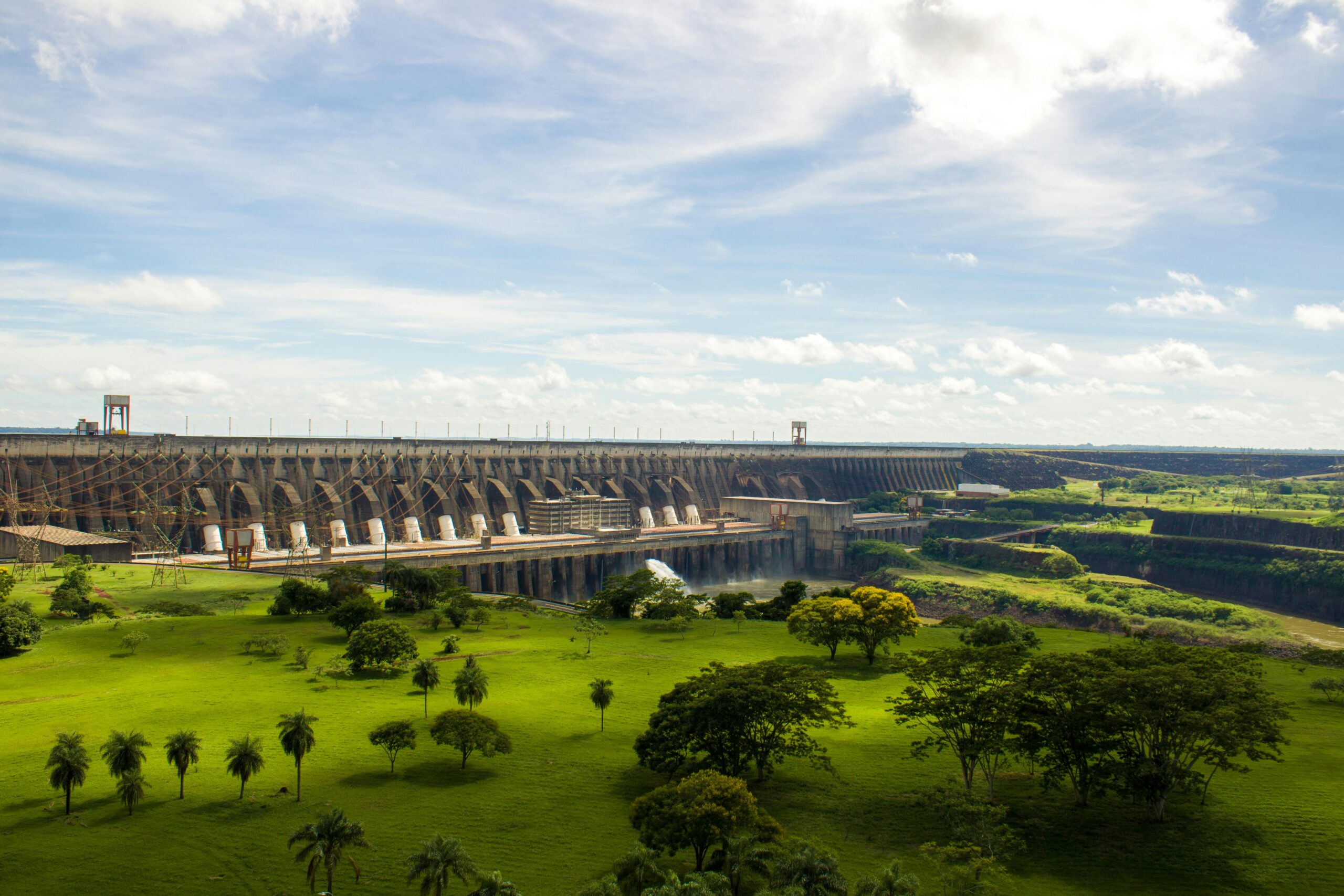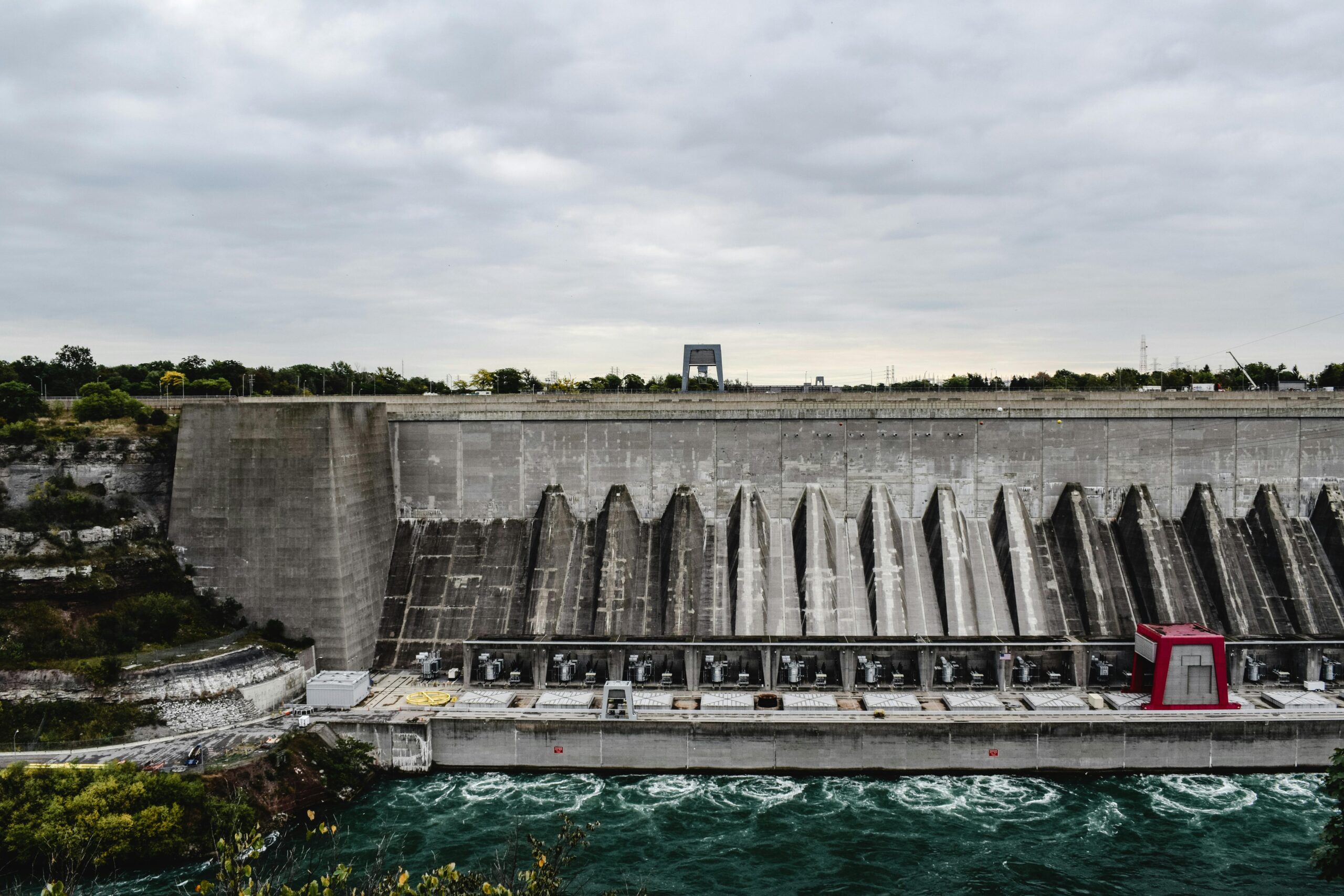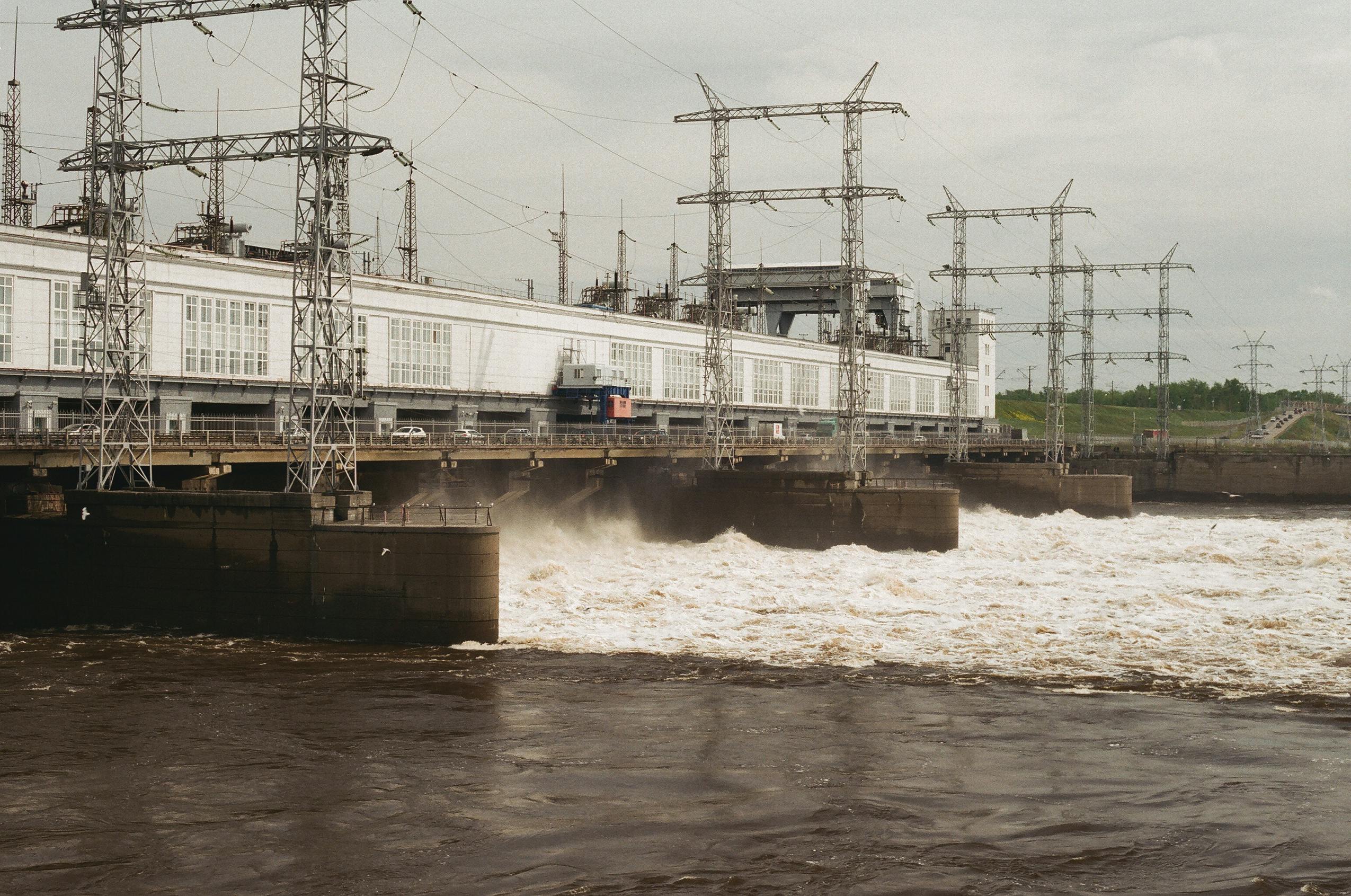Introduction
Hydropower remains one of the largest sources of renewable energy worldwide, playing a crucial role in the global transition toward sustainable energy systems. As countries seek to mitigate climate change impacts and secure energy supplies, hydropower’s contributions are becoming increasingly important. This article examines current global hydropower trends, highlights leading countries in hydropower production, discusses challenges facing the sector, and explores future prospects for hydropower development.
Current Trends in Hydropower
- Growing Installed Capacity: As of 2022, the global installed hydropower capacity exceeded 1,300 gigawatts (GW), making it the largest source of renewable electricity. Countries are continually investing in new projects and upgrading existing facilities to increase capacity.
- Investment in Small-Scale Hydropower: There is a noticeable shift toward developing small-scale hydropower projects, which are often less disruptive to ecosystems and communities than large dams. This trend is particularly prominent in developing regions, where small projects can provide localized energy solutions.
- Integration with Other Renewables: Hydropower is increasingly being integrated with other renewable energy sources, such as wind and solar, to create hybrid energy systems. This integration helps to balance the intermittent nature of solar and wind energy and provides a more stable energy supply.
- Technological Advancements: Innovations in turbine technology, dam design, and energy storage are enhancing the efficiency and sustainability of hydropower systems. Advanced monitoring and management tools are also improving operational performance and environmental stewardship.
Leading Countries in Hydropower Production
Several countries stand out as leaders in hydropower production, each contributing significantly to the global capacity:
- China: China is the world’s largest producer of hydropower, with an installed capacity of over 400 GW. The country has invested heavily in large-scale projects, including the Three Gorges Dam, which is the largest hydropower station in the world.
- Brazil: Brazil ranks second in hydropower production, with around 100 GW of installed capacity. The majority of its electricity comes from hydropower, with significant projects like the Itaipu Dam, which produces a substantial share of the country’s energy.
- Canada: Canada is home to vast water resources and ranks third globally, with approximately 80 GW of hydropower capacity. Hydropower accounts for about 60% of Canada’s total electricity generation, highlighting its importance in the national energy mix.
- United States: The U.S. is another major player in hydropower, with an installed capacity of about 80 GW. While hydropower contributes around 7% of total electricity generation, it remains a critical component of the renewable energy landscape.
- India: India is rapidly expanding its hydropower capacity, aiming to achieve 175 GW of renewable energy by 2022, with a significant portion expected to come from hydropower. The government is investing in new projects and improving existing infrastructure.
Challenges Facing Hydropower
Despite its benefits, the hydropower sector faces several challenges that may hinder future growth:
- Environmental Concerns: Large dams can significantly disrupt ecosystems, leading to biodiversity loss and altered river dynamics. Environmental and social impacts often lead to opposition from communities and environmental groups.
- Climate Change Effects: Climate change poses risks to hydropower generation through altered precipitation patterns, increased frequency of extreme weather events, and changes in water availability. Droughts can reduce water flows, impacting generation capacity.
- Aging Infrastructure: Many existing hydropower facilities are aging and require significant investments in maintenance and upgrades. Ensuring the reliability and safety of these assets is critical for continued operation.
- Regulatory and Policy Challenges: Navigating complex regulatory environments and obtaining permits for new projects can be time-consuming and costly. Uncertainty in policy frameworks can deter investment in hydropower.
- Financing and Investment: Securing funding for large-scale hydropower projects can be challenging, particularly in developing regions where financial resources may be limited. Innovative financing models are needed to attract investment.
Future Prospects for Hydropower
Looking ahead, the future of hydropower appears promising, with several key trends likely to shape its development:
- Focus on Sustainability: There is an increasing emphasis on sustainable hydropower development, with a focus on minimizing environmental and social impacts. Ecosystem-based management practices and stakeholder engagement will play vital roles in future projects.
- Hydropower and Climate Resilience: Hydropower can contribute to climate resilience by providing stable energy supplies and supporting adaptation efforts. Investments in hydropower can help communities prepare for and respond to climate-related challenges.
- Integration with Energy Storage: The integration of hydropower with energy storage solutions, such as pumped storage hydropower, can enhance grid stability and provide backup power during periods of high demand or low renewable generation.
- Decentralized Energy Solutions: The growth of small-scale and community-based hydropower projects will empower local communities and enhance energy access, particularly in remote and underserved areas.
- Global Collaboration: International cooperation and knowledge sharing will be essential in addressing the challenges facing hydropower. Collaborative efforts can help share best practices and technologies, facilitating sustainable development.
Conclusion
Global hydropower trends indicate a continued commitment to harnessing water resources for renewable energy generation. While challenges remain, the potential for hydropower to contribute to a sustainable energy future is significant. By addressing environmental concerns, investing in innovative technologies, and promoting sustainable practices, hydropower can play a pivotal role in achieving global climate goals and enhancing energy security for future generations.








Leave a Comment